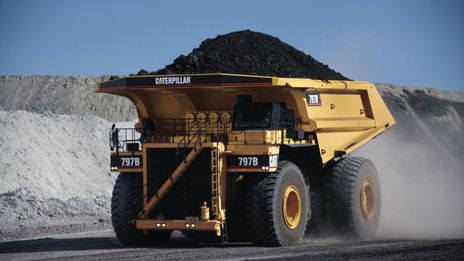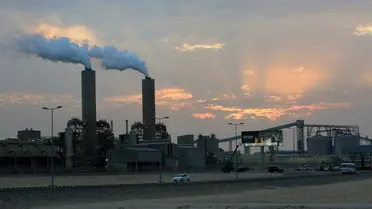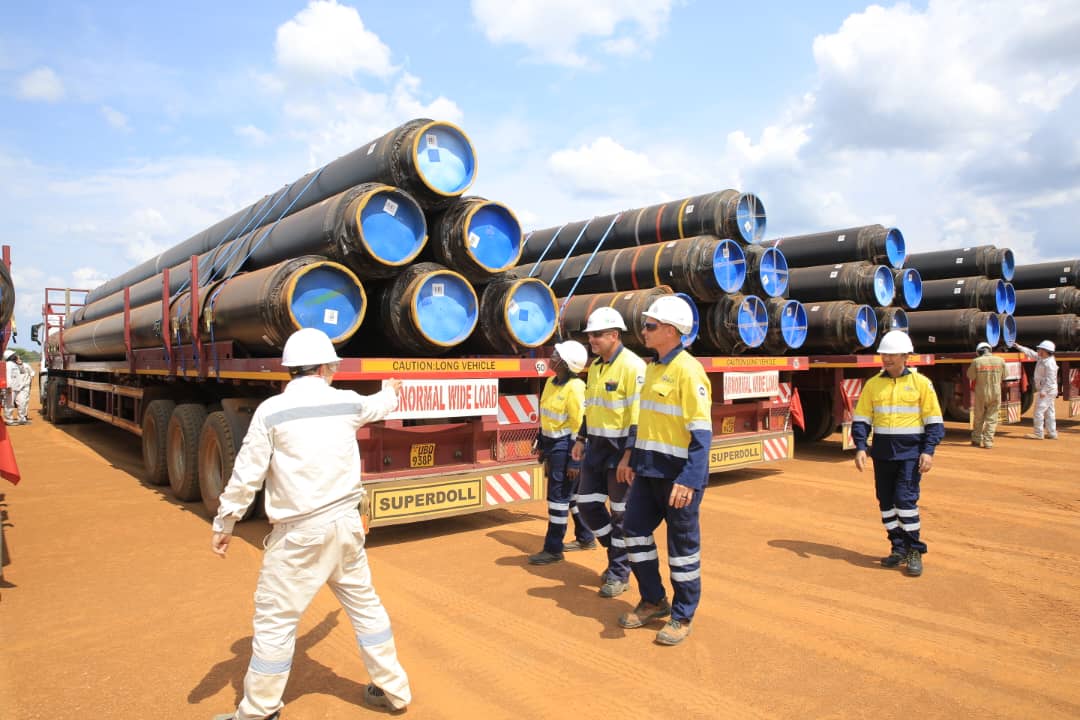Distribution

Middle East oil supplies to Europe drop, replaced by US

European oil refineries cut imports from the Middle East as a result of increased shipping prices, triggered by attacks on vessels along the Red Sea route following the war in Gaza.
Exports from Iraq declined by 82,000 barrels per day (bpd), and UAE exports fell 35,000 bpd in 2024. Europe added 162,000 bpd from Guyana and 60,000 bpd from the US – record highs.
Francesco Sassi, a researcher at Rie-Ricerche Industriali ed Energetiche in Bologna, says oil from the Middle East is also becoming more expensive than international competitors.
“This is because Russian and Iranian oil grades deal with expanding sanctions and growing concerns by foreign buyers,” Sassi says.
Sassi noted that in December, oil grades and futures from the Middle East, particularly from the UAE and Oman, have reached the maximum spread of the last 12 months versus Brent.
US oil production continued to rise more than 4 percent per year on average in 2024 as the industry learns to get more output from fewer rigs, according to a London-based energy analyst, John Kemp.
The country exports 4 million bpd, increasing its share of global oil trade to 9.5 percent behind Saudi Arabia and Russia.
“US oil production continues to increase as lower prices compel the industry to become more efficient, raising output while employing fewer drilling rigs,” says Kemp.
Changes in global oil demand and rising output from non-Opec countries have compromised efforts by Saudi Arabia and its Opec+ allies to drain excess inventories and keep prices higher.
European oil demand remained sluggish in 2024 amid ongoing efforts to transition to cleaner energy sources and improve energy efficiency, while industrial demand was subdued, especially in Germany.
Demand peaked in 2019 at about 15.2 million barrels per day, but it still comprises nearly 14 percent of global demand, behind only China and the US.
China imports fall
China’s imports fell about 3 percent last year, with the growth of electric vehicles and the use of liquefied natural gas in heavy trucking.
Analysts anticipate that subdued demand growth will continue in 2025.
“The rare remaining China bulls get disappointed once again with limited oil consumption growth,” Matt Stanley, energy expert at Kpler, tells AGBI.
“The second half of 2025 will see Asian demand moving up a gear all the while non-Opec supply growth accelerates in unison, with Guyana, Brazil and Canada all adding incremental capacity,” Stanley says.
He says that while IEA’s mantra of a global oil demand peak being just around the corner attracted much attention, “we anticipate peak oil demand next year”.












